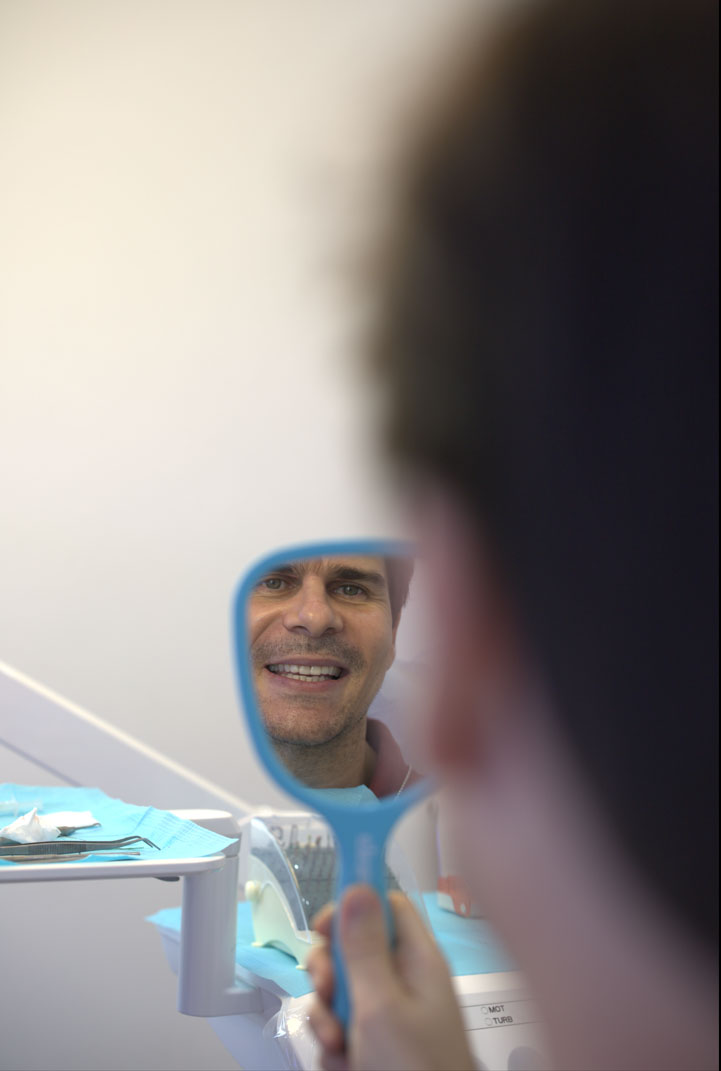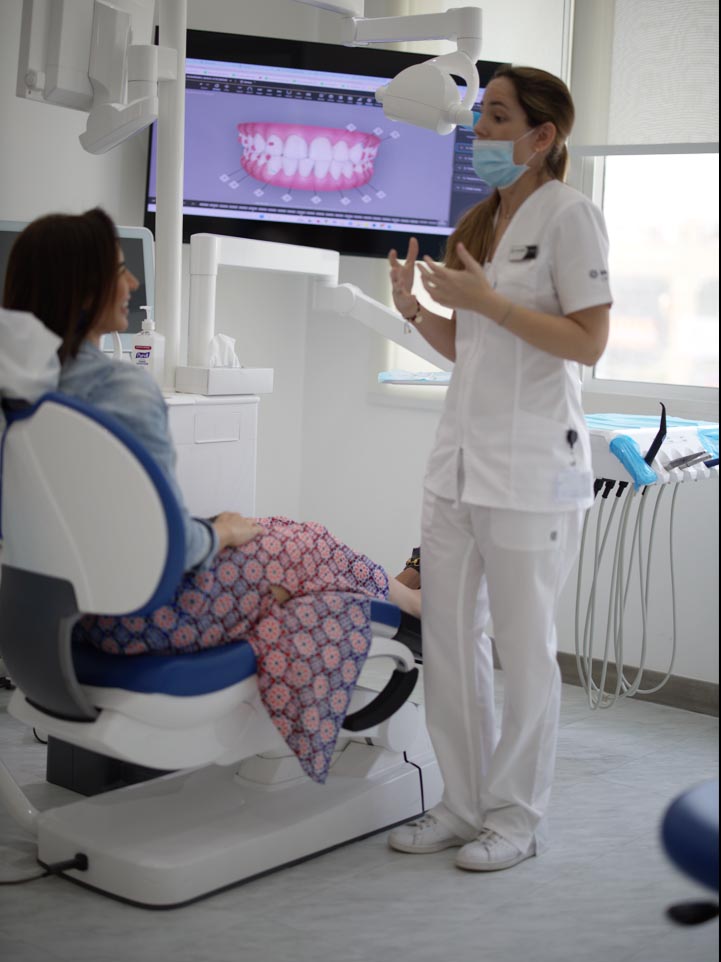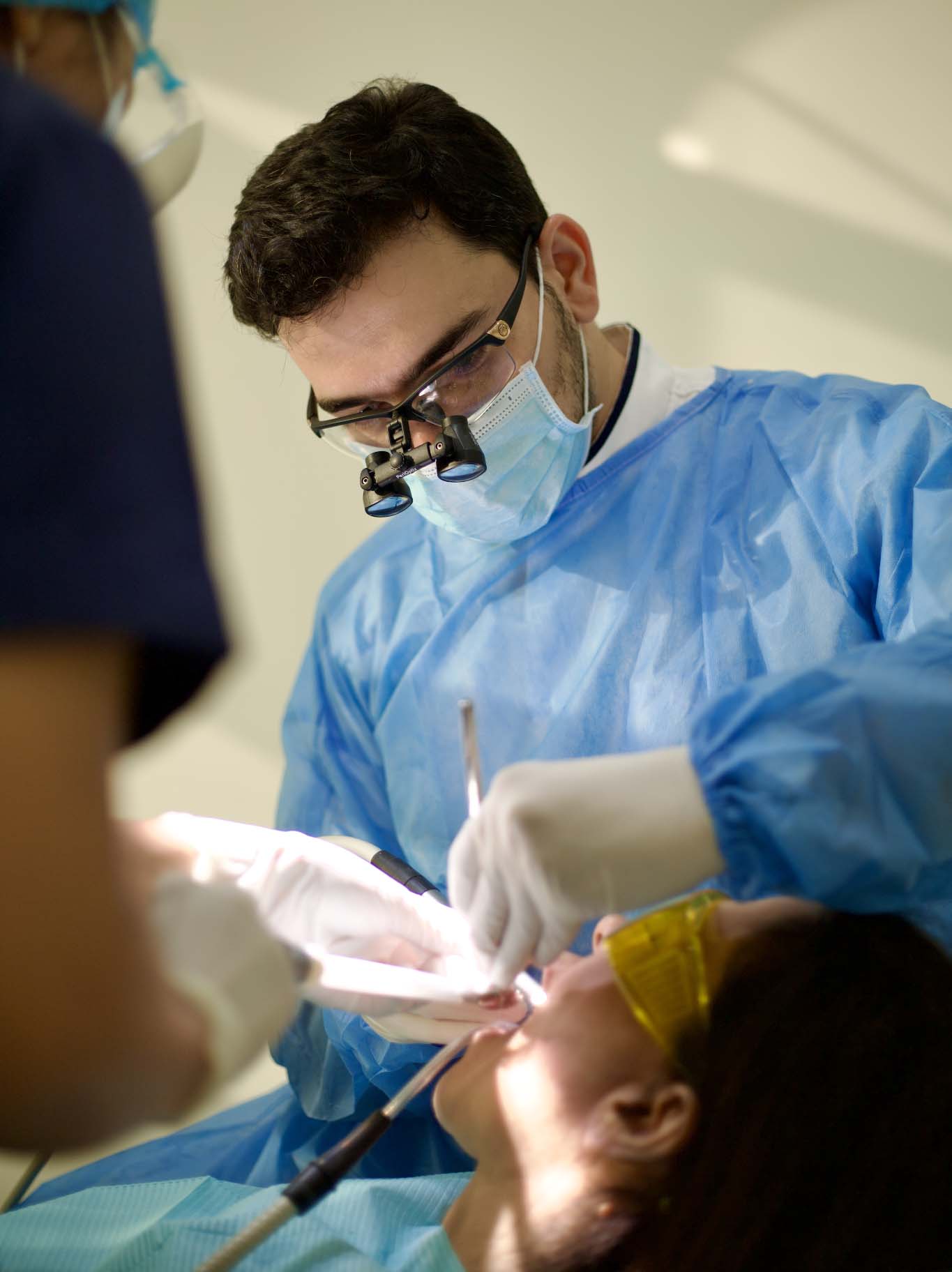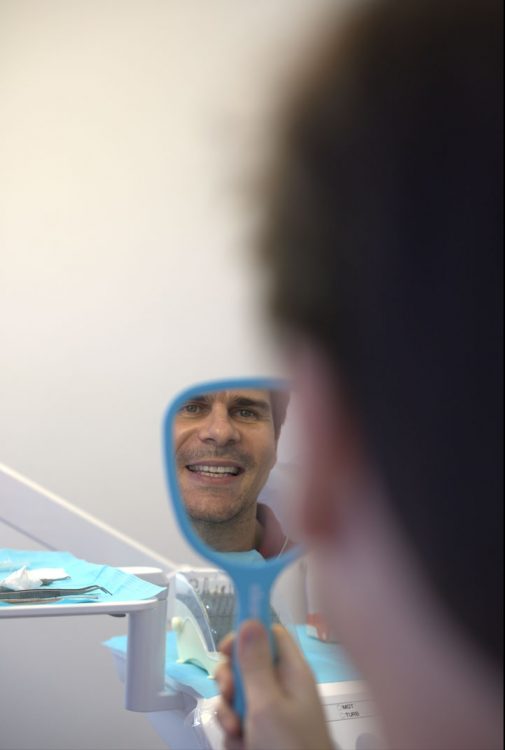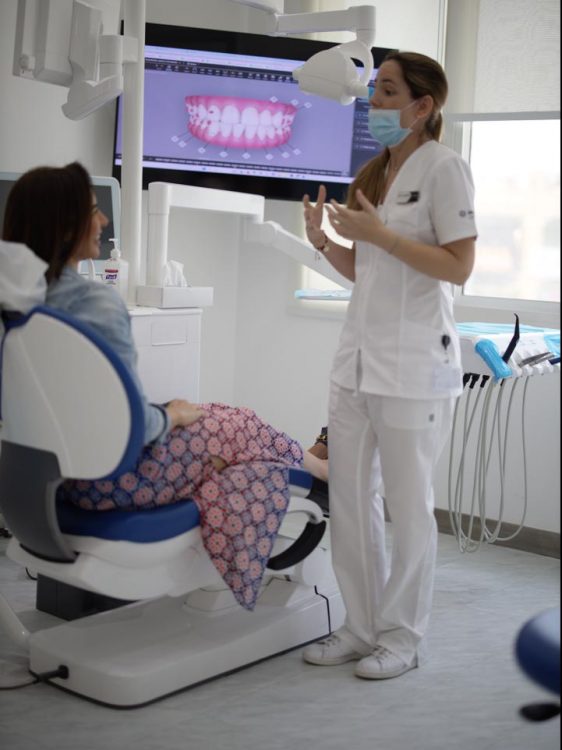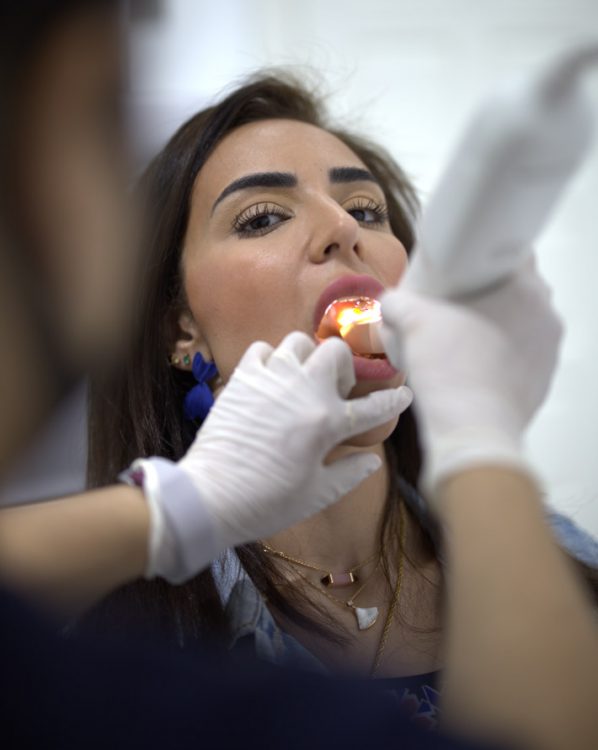Exploring The Link Between Teeth Misalignment And Headaches

Headaches are a common health issue experienced by most people. It is typically attributed to hypertension or lack of sleep, but there are other issues that may not be as apparent. Malocclusions or in simpler terms – bite issues, are an often overlooked, but surprisingly common cause of headaches. When left unchecked, they could cause long-term harm to the connecting tissues in the body.
What are malocclusions?
Derived from the combination of the Latin prefix mal- meaning bad and occlusion, meaning the contact between your upper and lower teeth, this word literally means having a bad bite. This is an extremely common congenital disorder found in 6 out of 10 adults. It applies to different teeth misalignment issues such as having an overbite, underbite, crossbite, open bite, or crowded teeth. Very few people are born with perfectly aligned teeth, although not all cases require a comprehensive treatment. However, severe cases of malocclusions can cause problems in oral function, jaw condition, speech, and several other conditions including bouts of headache.
How do malocclusions cause headaches?
In severe cases of an improper bite, jaw pain or temporomandibular joint (TMJ) disorders occur. These are disorders of the muscles of the jaw, its joints, and the nerves linked to chronic facial pain. When the teeth do not fit correctly, the jaw tenses, leading to muscle exhaustion that can limit the function of the jaw or the areas around it. Due to the direct connection of the jaw joint to the skull, this pain can extend upward and present as a headache. In more extreme cases, aches around the neck and the upper back can occur as well.
Can this problem be treated?
If your pain starts to limit your daily functions, you should consider getting a comprehensive consultation from a doctor. Orthodontists are dental practitioners that specialize in correcting issues in the teeth, mouth, and jaw. If the underlying cause of your jaw issues turned out to be misalignment in the teeth, orthodontists may recommend getting braces or aligners. Braces are dental tools made with metal or ceramic materials that correct tooth crowding and other bite issues. Clear aligners on the other hand, are clear, custom-made trays that function similarly to braces. But unlike its more traditional equivalent, aligners are removable and are more undetectable. Both options serve their purpose well in fixing malocclusions when used and maintained properly, so the decision in choosing which treatment is right ultimately comes down to personal needs and preference.
If you find yourself exhibiting similar issues, you should consider paying a visit to an orthodontic specialist. Our team at Invisalign focuses on improving smiles, both in appearance and comfort. If you want to book a consultation with our experienced dental health practitioners, contact us here.

